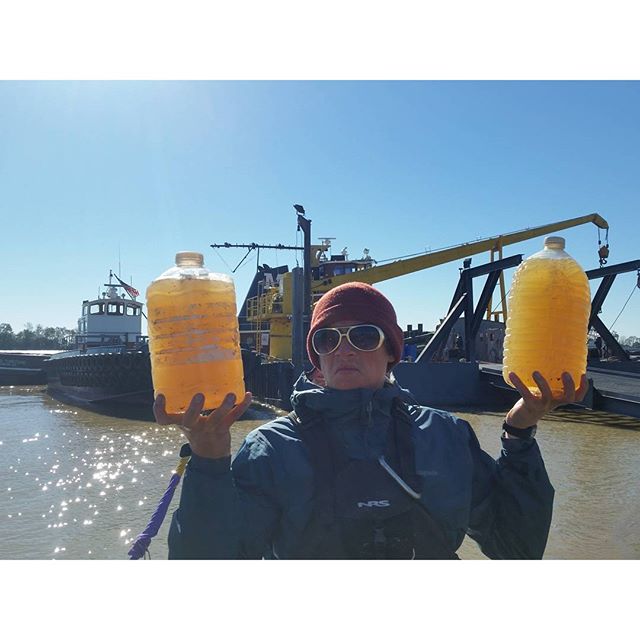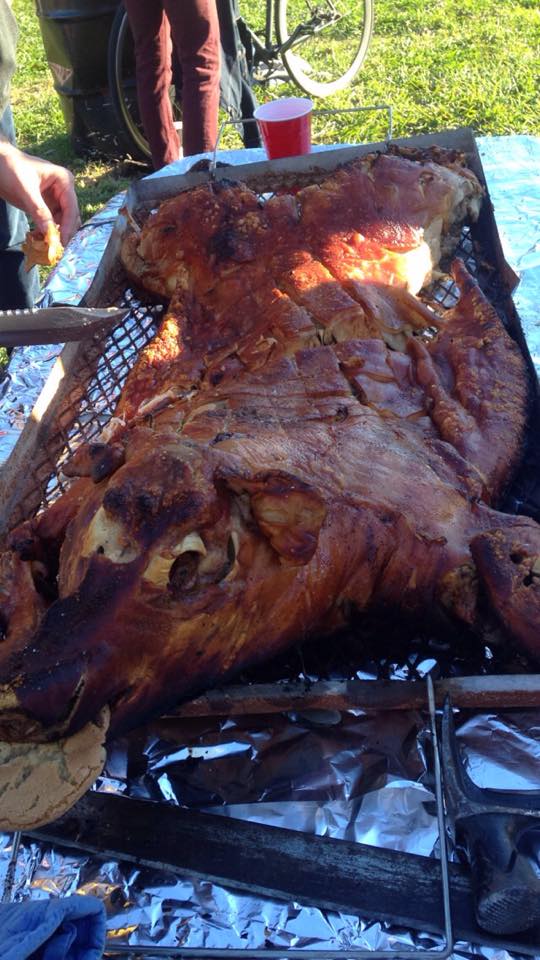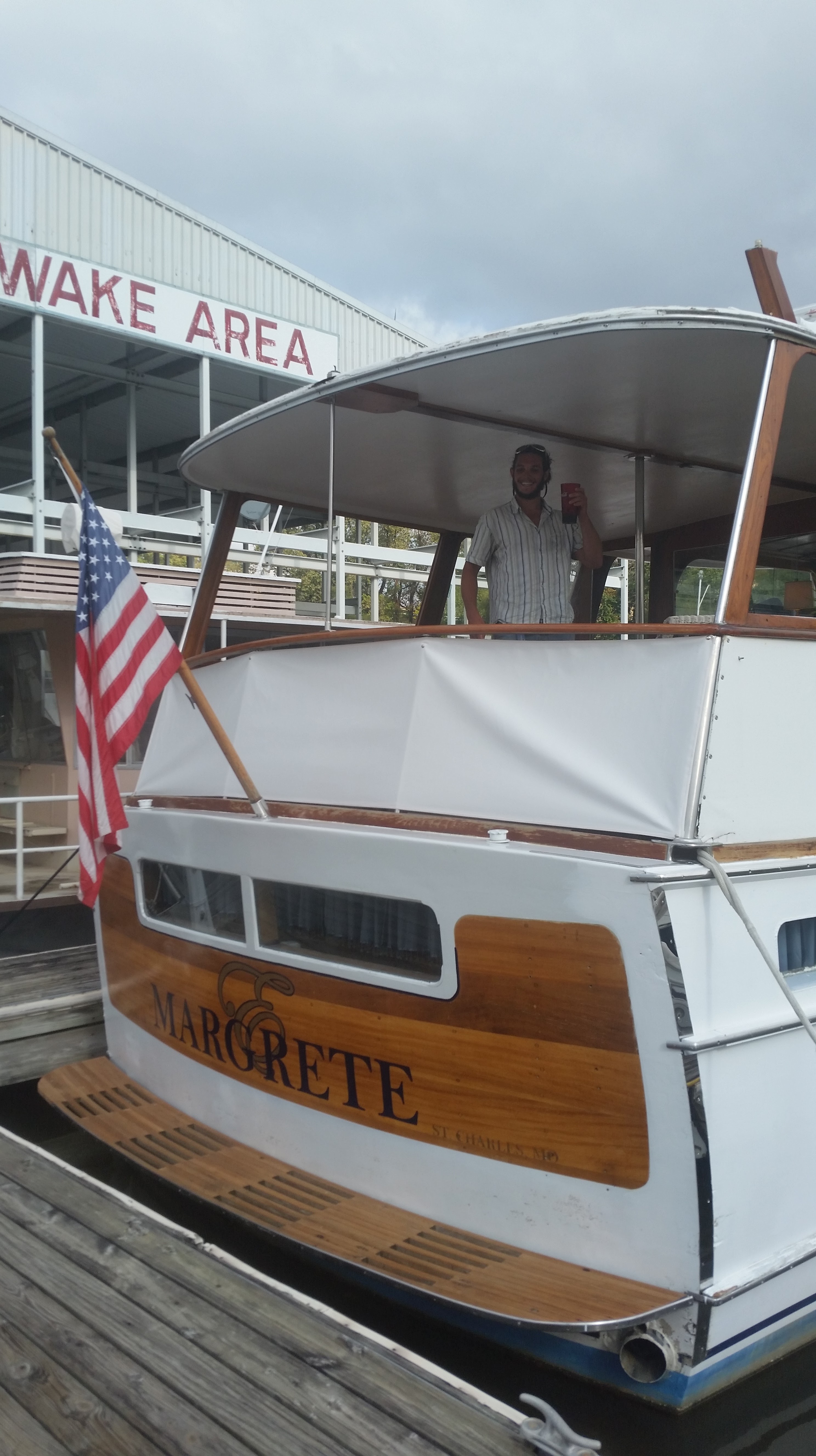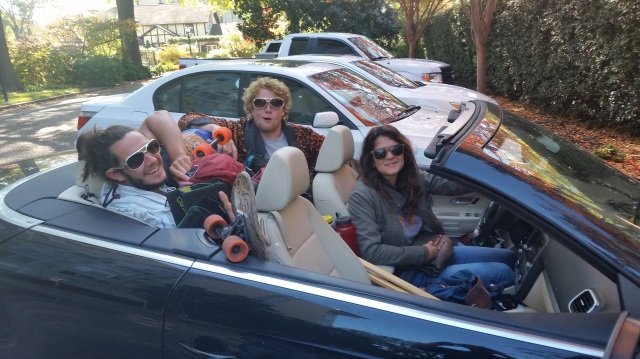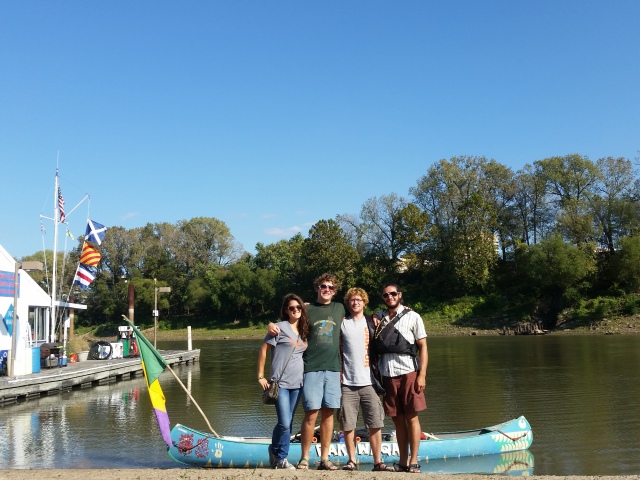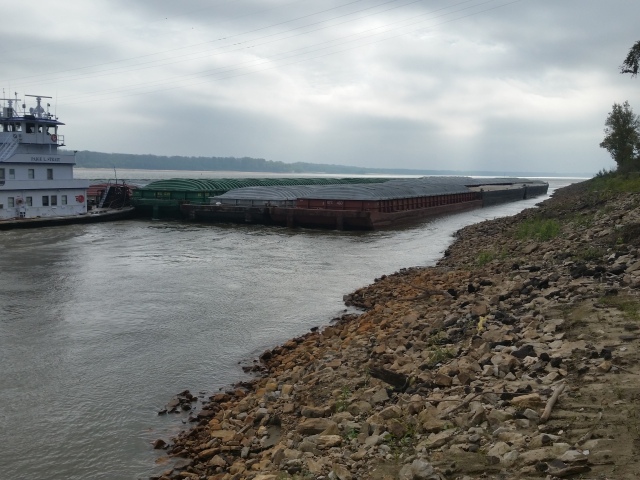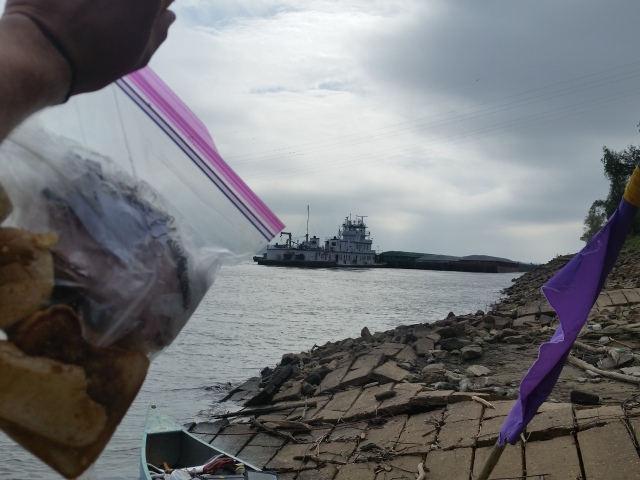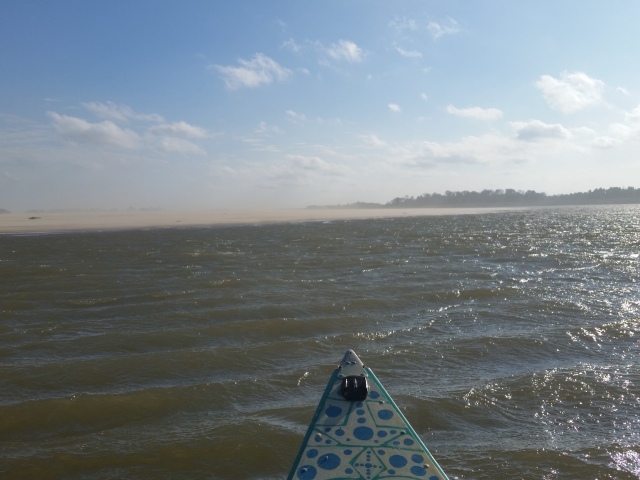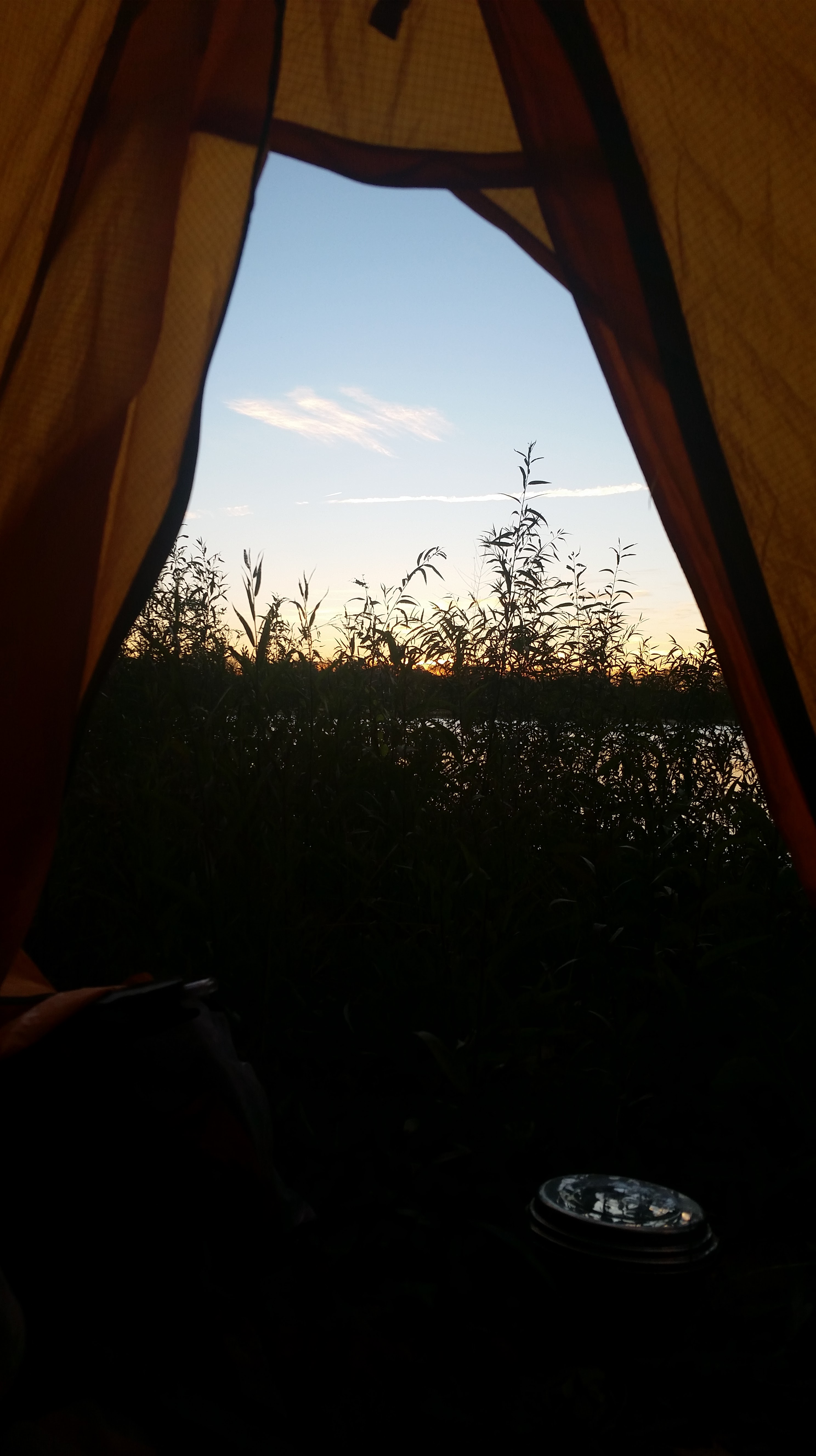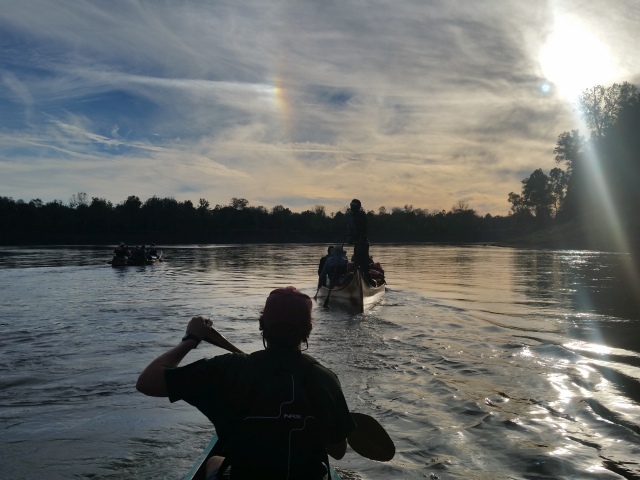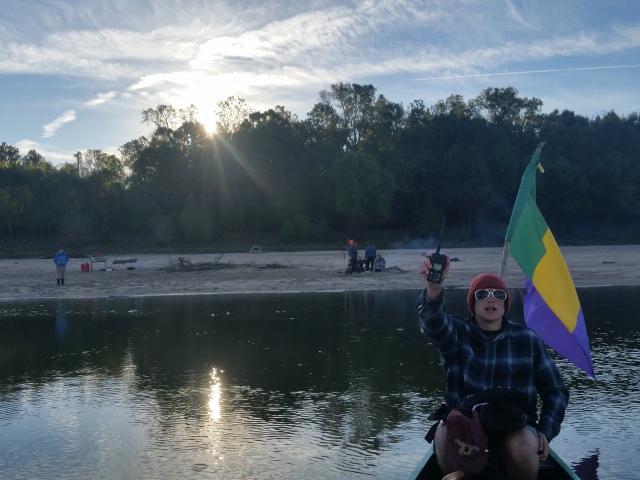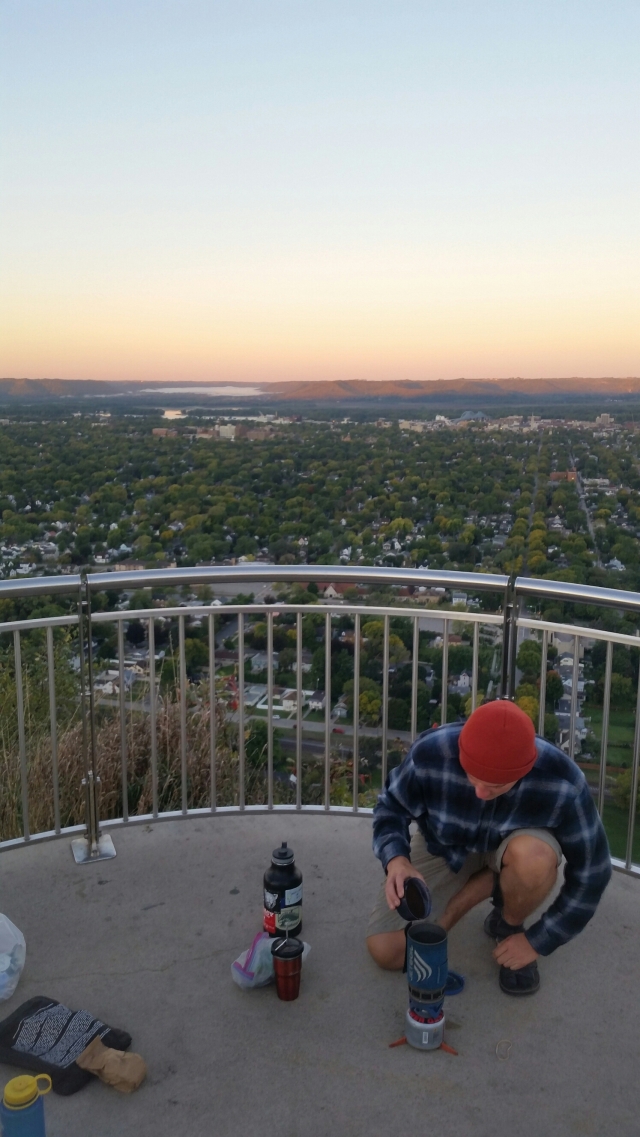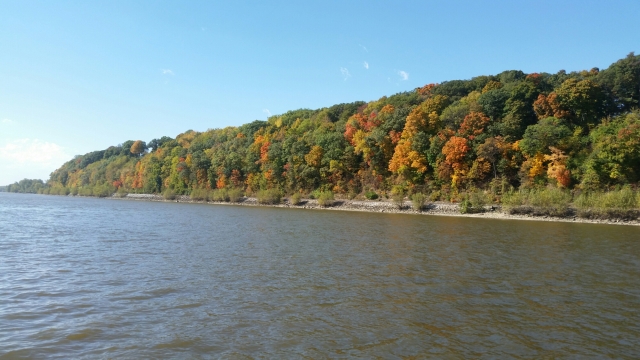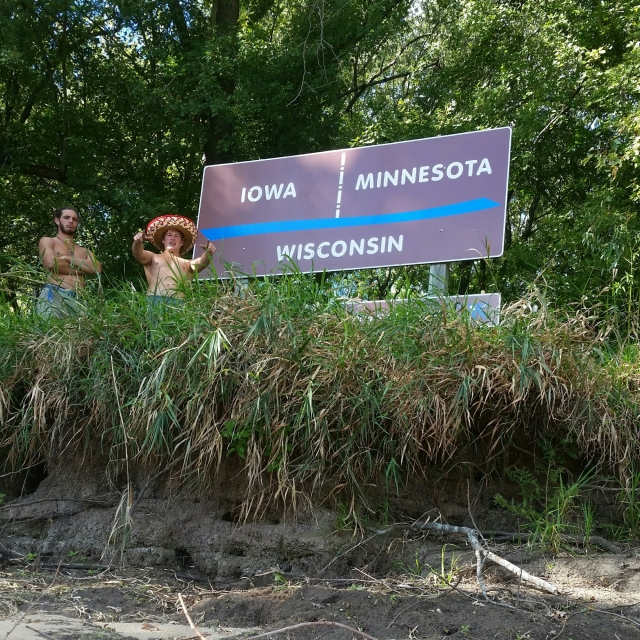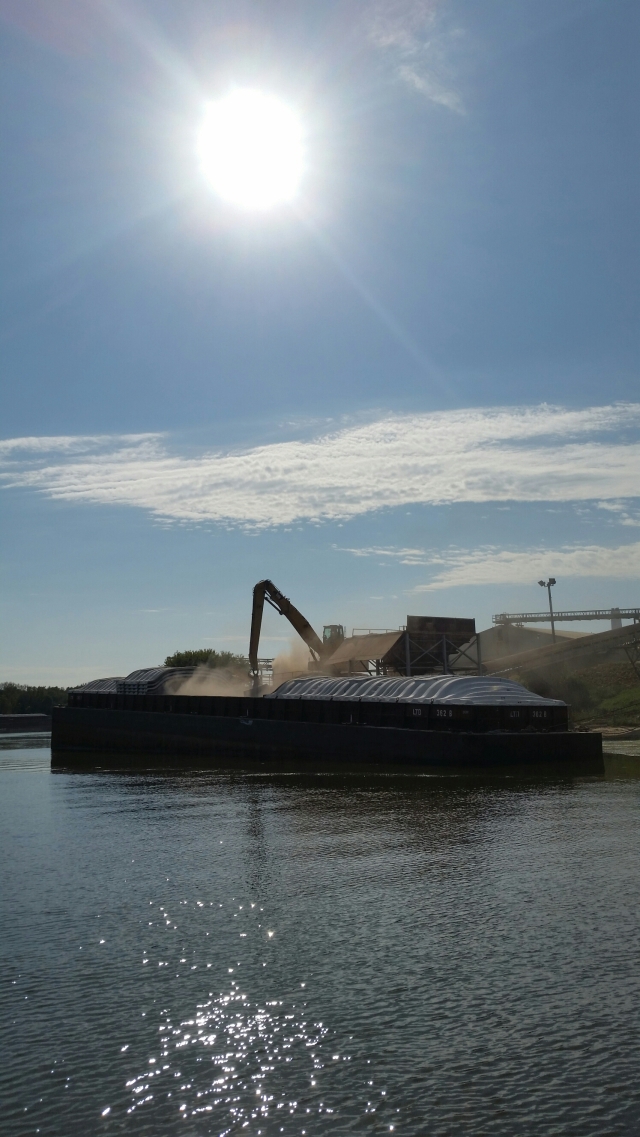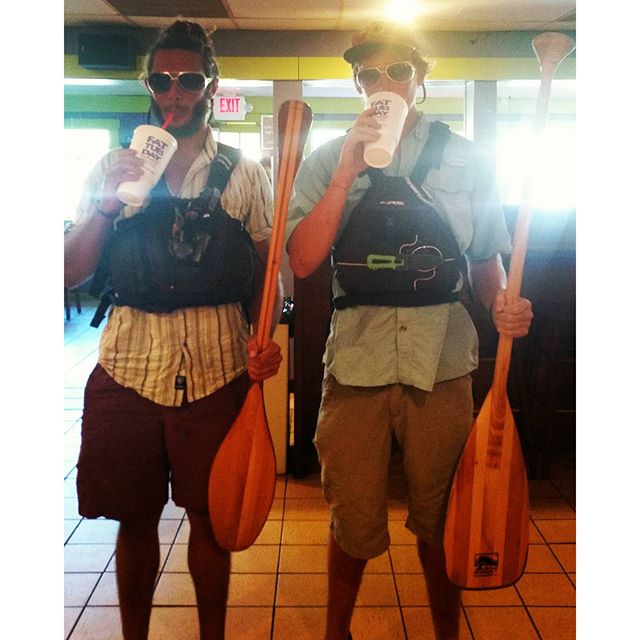 We didn’t exactly paddle by and give a few high fives as we passed through New Orleans, instead, Mitchell returned to Oklahoma City and Malcolm remained in the Big Easy to celebrate Thanksgiving with the family. Now anyone who knows what it’s like to live in a canoe and cook meals on a camp-stove for three months straight knows that Thanksgiving dinner is the best thing that could ever happen to them! The two river men feasted like kings at Thanksgiving. For the first time in Mitchell’s family history, there were no leftovers to be found in the 48 hours following this great holiday. When we started the journey in August, Thanksgiving holiday could be compared to a golden chalice at the top of a mountain. With each stroke, Thanksgiving dinner approached the forefront of our thoughts. Mitchell and Malcolm spend hours devouring turkey, stuffing, pie and anything else that they could fit into their bottomless stomachs. It took the paddling duo over a week to recover from the onslaught of calories.
We didn’t exactly paddle by and give a few high fives as we passed through New Orleans, instead, Mitchell returned to Oklahoma City and Malcolm remained in the Big Easy to celebrate Thanksgiving with the family. Now anyone who knows what it’s like to live in a canoe and cook meals on a camp-stove for three months straight knows that Thanksgiving dinner is the best thing that could ever happen to them! The two river men feasted like kings at Thanksgiving. For the first time in Mitchell’s family history, there were no leftovers to be found in the 48 hours following this great holiday. When we started the journey in August, Thanksgiving holiday could be compared to a golden chalice at the top of a mountain. With each stroke, Thanksgiving dinner approached the forefront of our thoughts. Mitchell and Malcolm spend hours devouring turkey, stuffing, pie and anything else that they could fit into their bottomless stomachs. It took the paddling duo over a week to recover from the onslaught of calories.

By the time December rolled around, it was time to get back onto the river, and finish up the last 100 miles of our 2300 mile journey down the Mississippi. When we got back to the river we were surprised to find that the water level had risen over a foot, making the current much faster than before. Looking back, this was probably the first stage of the flood roaring down the Mississippi right now. After loading up our gear, hi-5ing our friends, and shaking off the cobwebs we hopped back into the canoe. The realization of how much we had missed the river and simplicity of living out of a canoe was instantaneous, and we were happy to once again call the riverbanks our home. Even though the paddle from New Orleans to the Gulf of Mexico was only supposed to take 2 or 3 days, we decided that there was no reason to rush the last hoorah of the adventure of a lifetime, and spent 8 days paddling the remainder of the river.
Upon leaving New Orleans, we were faced with one of the scariest and most dangerous days of the trip. Although we wanted to leisurely float past the French Quarter, and throw beads to people on the bank, we were confronted with high winds and huge waves that seemed to amplify in the intense current. The Port of New Orleans, namely Algiers Bend, is the deepest point of the Mississippi, and is over 200 ft. deep. That is a bunch of water moving in one spot! Once again we faced the challenge of wanting to hug the bank to stay out of the waves and chop, only to be forced back out by moored barges and looming industry. We had to inch our way through a gauntlet of waves that bounce and magnify off of moored barges and ships. This sends rouge waves at the boat, making it very easy to get sideswiped by a wave, and thrown into the icy water. There came a time where we both had our hands and paddles up in the air, almost floating in zero gravity, trying to keep the boat from tipping. After making it through the chop, and being scolded by a couple of scared and confused barge captains, we stopped for a breather on Algiers Point to collect ourselves and take a farewell look at the Big Easy.

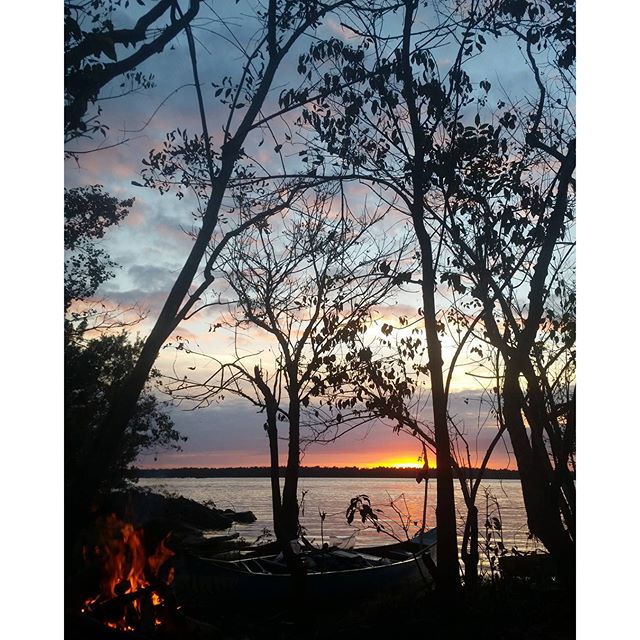
Camping in this section of the river was much harder than we expected, as much of the land on the banks was marshland or dense swamp, harboring wet ground and relentless mosquitoes. We would often try to be in the tent before sunset as to avoid the swarms of mosquitoes that would come out to feast on weary paddlers. Every time we would open the tent door to grab a snack or use the bathroom, at least 10 mozzies would fly in, calling for a 20 minute hunt to find and kill them all. One morning around 5am, we were jostled awake by the sound of waves right outside of our tent, and upon moving, discovered that our camping pads were floating! We ripped open the doors only to find white capping waves crashing into our tent, and a 3ft swell sweeping all of our stuff into the river. We immediately made a frantic dash to recover our belongings from the waves, and pull the tent to a dry location, the closest being about 25yds away. Strangely, as soon as the waves had come, they were gone. We speculate that the waves were caused by a super tanker container ship, as they throw out 10ft wakes, and could have easily swamped us on shore. After we recovered most of our belongings from being washed away, we were left soaked, and mosquito bitten, ready to start the day. We would later find out that we lost all of our cooking gear in “the great flood” and would have no pots and pans for the rest of the trip.
We were paddling along that morning, desperately trying to dry out our soaked gear, when we heard the distant and ominous sound of banjos playing on the other side of the river. Our first instinct was to paddle faster, however as we got closer we saw big white party tents, carnival rides, and a live band on stage! This turned out to be the Plaquemine Parish Orange Festival! At the fest we were welcomed by the locals, and given more oranges than we could fit in the canoe! Our scurvy was cured! We got to see a civil war re-enactment at Fort Jackson, and check out some backcountry Cajun competitions such as a catfish filleting, shrimp heading, shrimp peeling, and an oyster shucking race. Like any reasonable person, we asked what would happen to the oysters that were being shucked since no one seemed to be eating them as they were set aside. Before we knew it, we each had a drink in our hands, and a bowl of fresh raw oysters! Cajun hospitality at it’s finest!
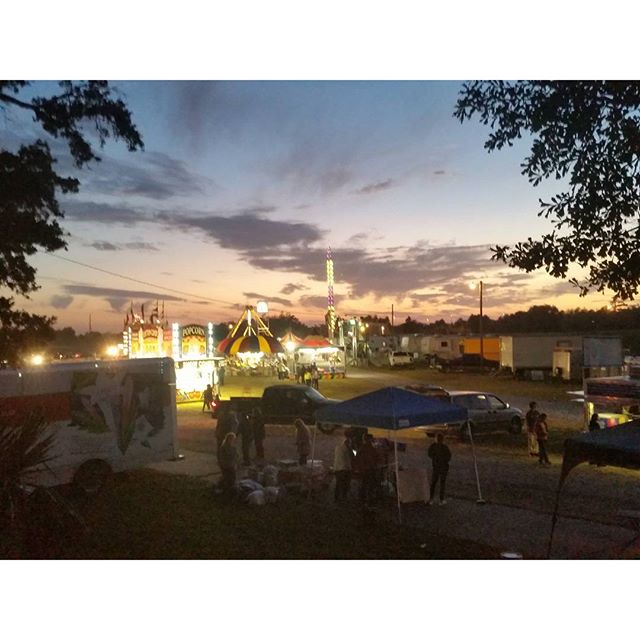
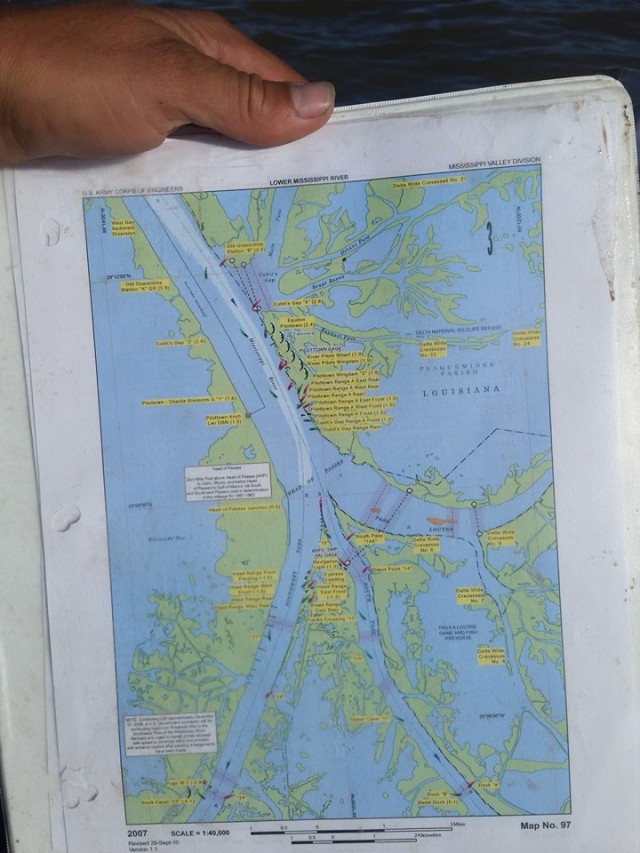
The next day we passed through Venice, Louisiana, the last city with a paved road in Southern Louisiana, where we would later get picked up by our friends and driven back to the Big Easy. In no time we had reached Head of Passes, the official end of the Mississippi River. At this point the river branches off into three distinct sections, each of which takes a different route to the Gulf. After spending the night on a conveniently placed sand bar at Mile Marker 0, we decided to take the South Pass, as it does not have commercial traffic, and is actually the southernmost tip of the Mississippi River and the state of Louisiana. After crossing the river to the South Pass, we climbed atop the Mile Marker 0 tower to enjoy our last glimpse of the official Mississippi river, and relish in the fact that we had just paddled 2300 miles across the entire United States. It was such an amazing feeling to have competed such a monumental feat, however it was bittersweet to know that this would be our last moment on the official Mississippi River.
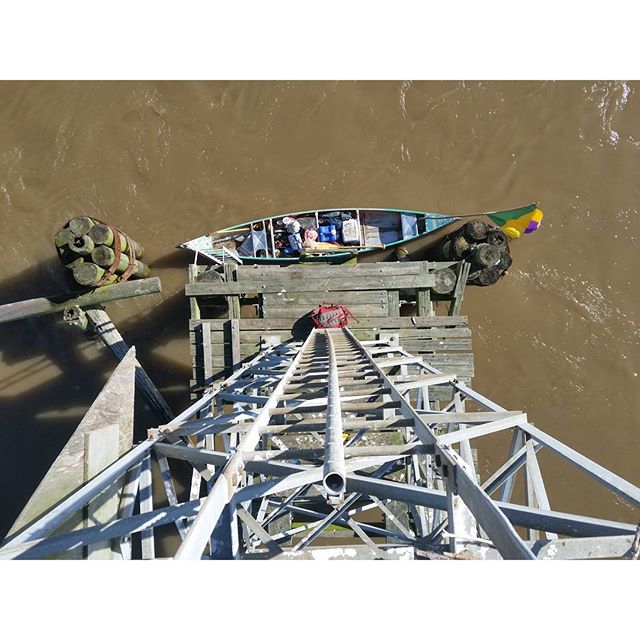
We remained at this tower for about 2 hours soaking it all in, before almost begrudgingly making our way down the South Pass toward the Gulf. Words cannot describe how absolutely incredible it was to finally feel the sea breeze on our faces and smell the salty air that signified our victorious voyage down the Mississippi River. At the end of the South Pass we heard of a marina, and fishing charter headquarters named Port Eads that might be able to help us out with a ride back to Venice. Upon arriving at Port Eads, we immediately noticed the enormous lighthouse that stood behind the fishing lodge, and knew we had to climb it. We pulled up to the dock and met the manager of the facility who turned out to be an awesome guy! After talking to him for a while he gave us the key to the lighthouse and we got to get up top for a breathtaking view of the Gulf.
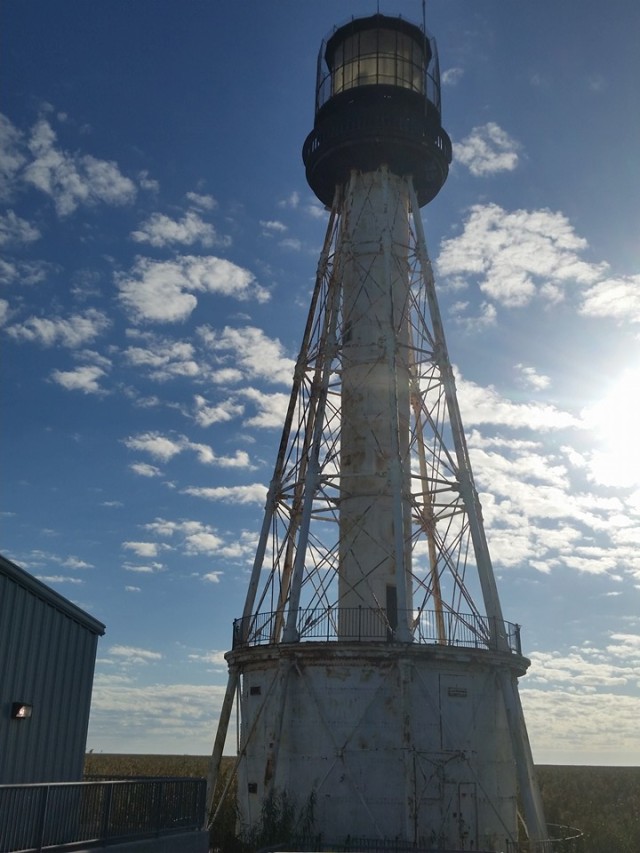
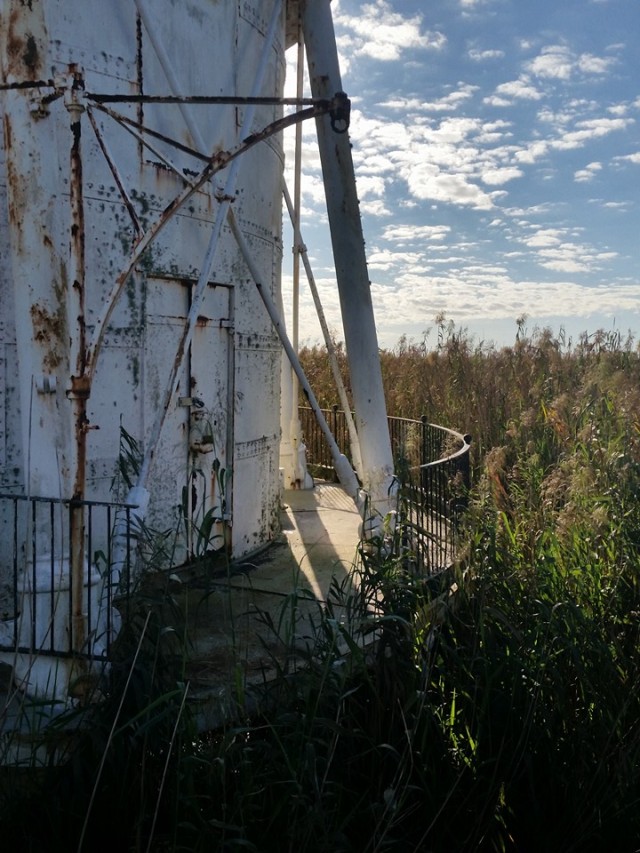
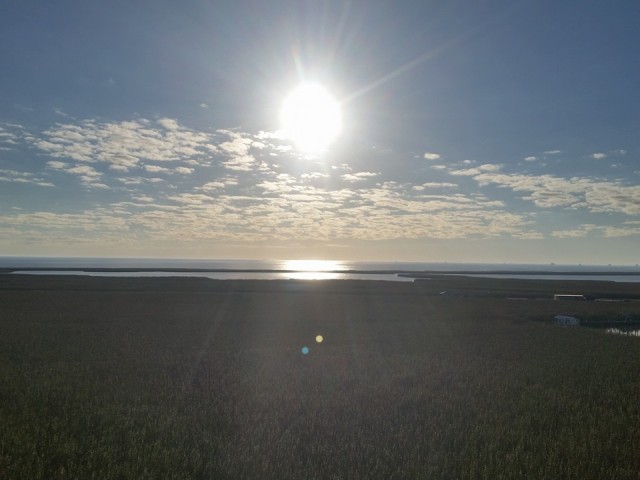

The lighthouse itself had survived Hurricane Katrina, and definitely looked the part. We spent that night with our new friend at Port Eads, and ventured out into the salty waters of he Gulf the next morning. We spent that day surfing the canoe in the waves, and celebrating our amazing accomplishment and successful expedition. We ended up catching a ride very last minute on a fishing boat owned by two New Orleans Fire Fighters who were glad to help us load up and get back to civilization. Our friends were waiting for us at the Marina, and after a couple beers and last glimpses of the river, we were ready to go home.
The official end to our trip was December 9th, 2015, 118 days from our start up in Lake Itasca Minnesota on August 13th, 2015. It had been a wonderful adventure, and it wasn’t so darn cold we would have gone up and done it all over again on the spot!
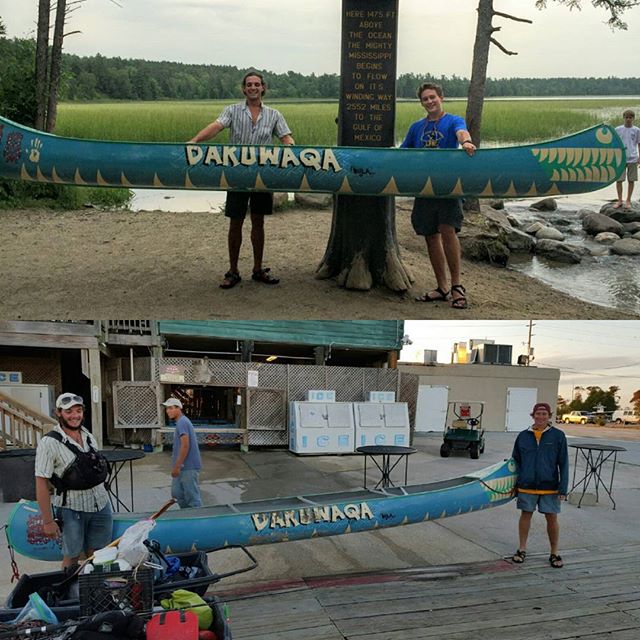
 Although we were off the river, the spirit of the Mississippi Riverman will live on, seeking adventure in everything we do, and not only having, but inspiring a true lust for life.
Although we were off the river, the spirit of the Mississippi Riverman will live on, seeking adventure in everything we do, and not only having, but inspiring a true lust for life.

